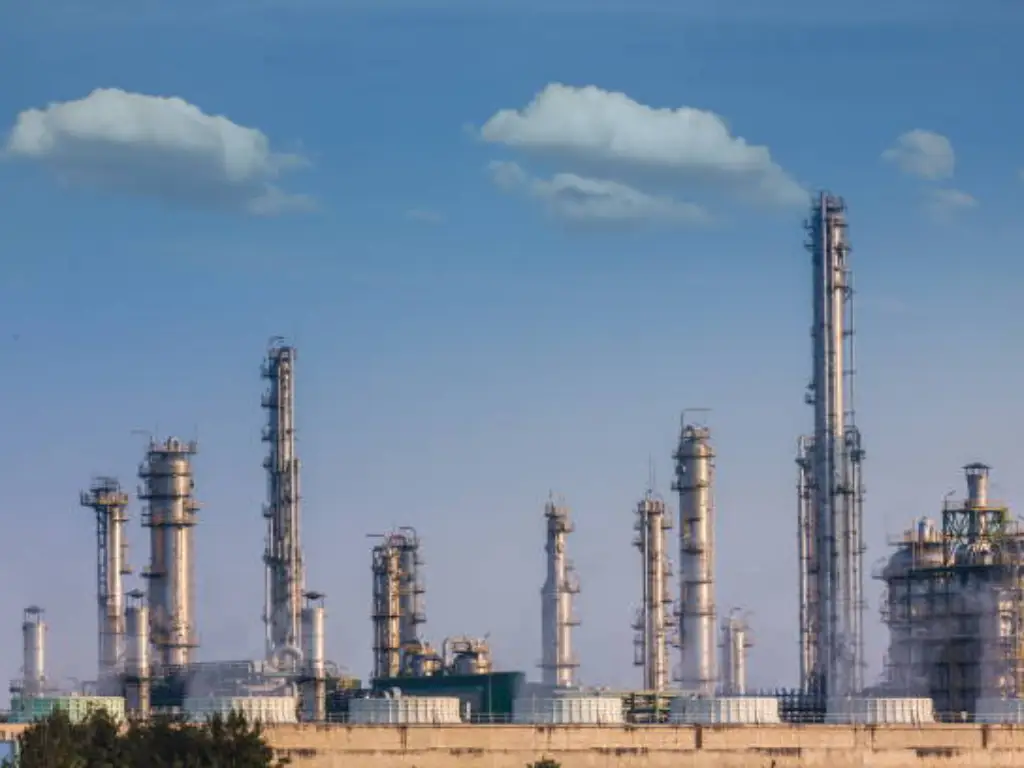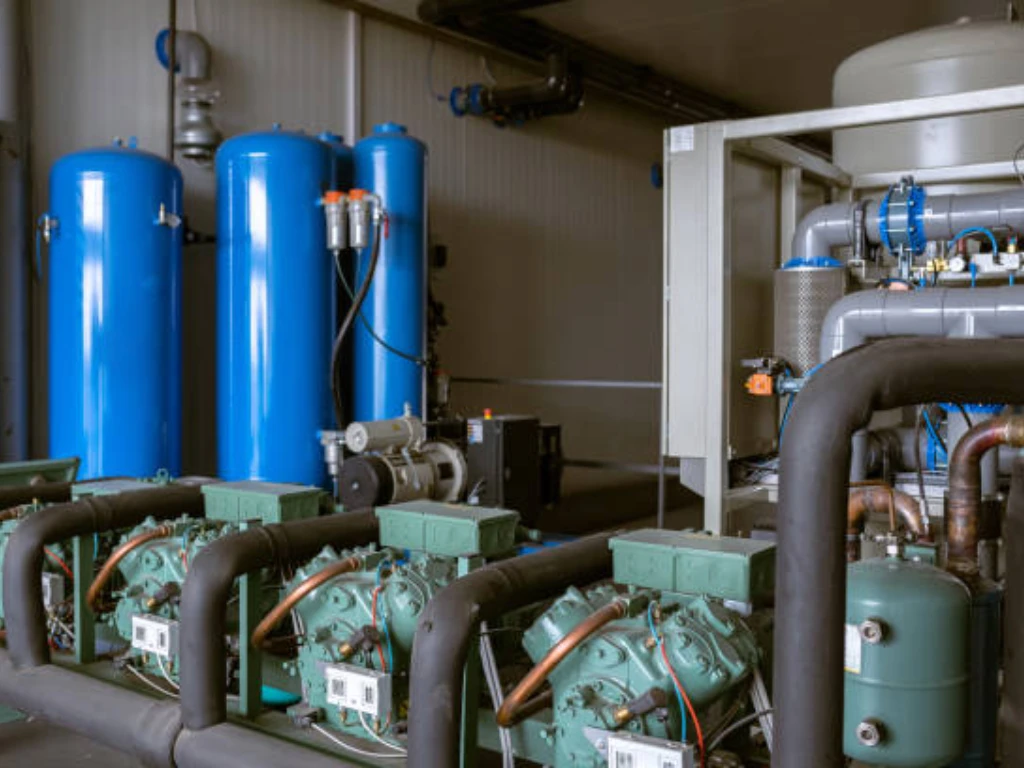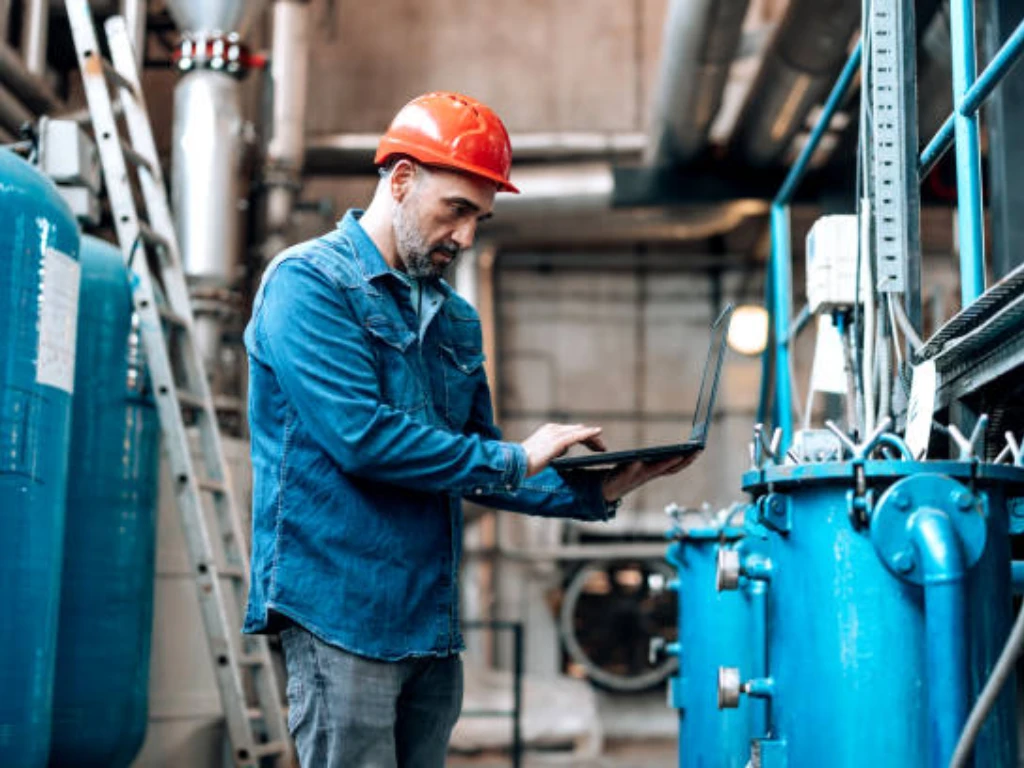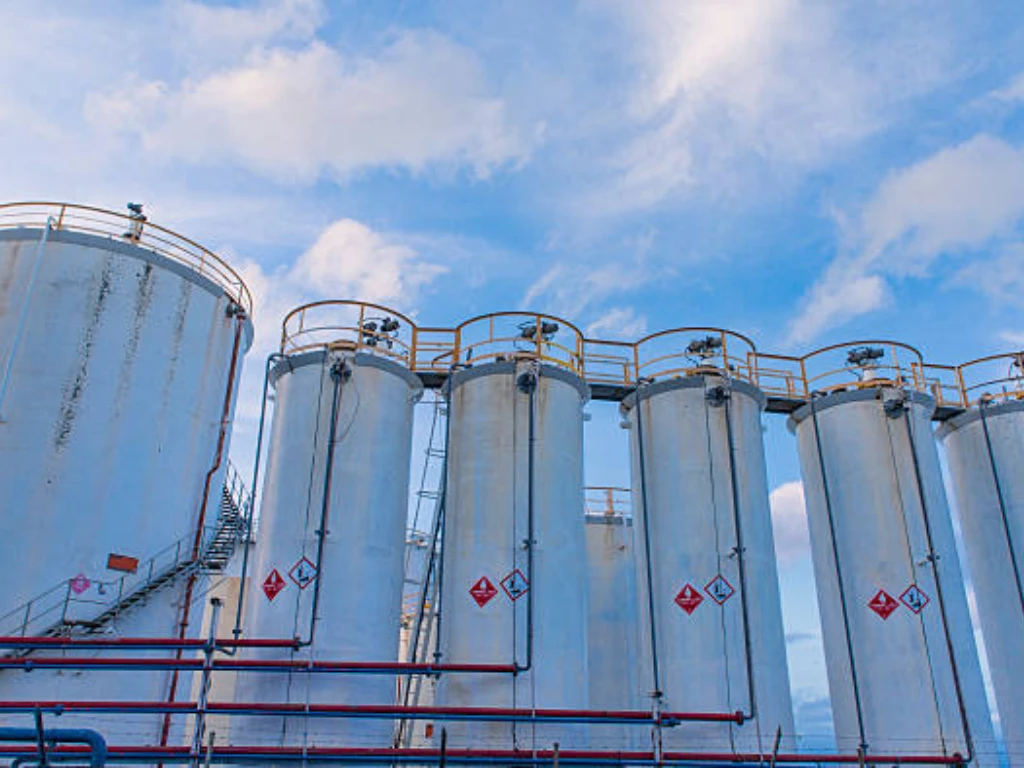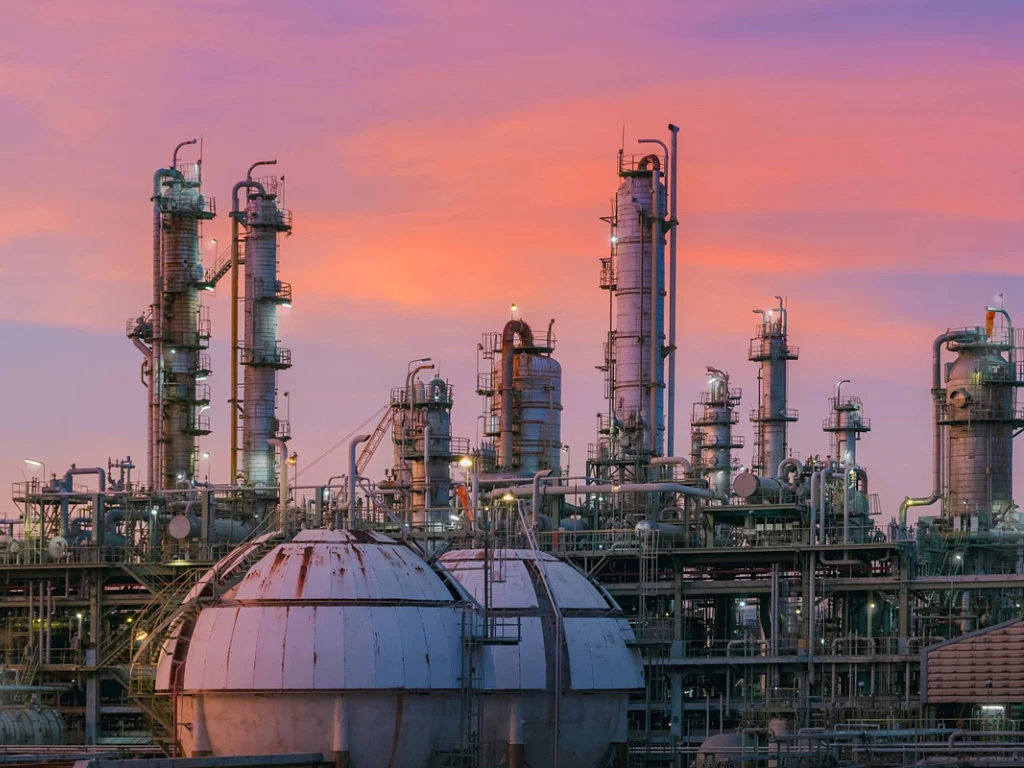You’ve probably heard of an oxygen concentrator, but are you sure what it is? Do you have any questions about how an oxygen concentrator works? Individuals with poor blood oxygen levels can benefit from oxygen devices. They used to be big and unwieldy, making it hard for those who required oxygen therapy to acquire it outside of their residences. Modern oxygen generators, on the other hand, are smaller, lighter, and designed primarily for portability. We’ll look at how an oxygen concentrator functions in this post.
Oxygen concentrators are currently one of the most popular technologies for oxygen treatment in home seclusion. Unfortunately, few people understand what oxygen concentrators are, how to use them, and which one is ideal for them. All of these concerns are addressed in-depth here.
What’s an Oxygen Concentrator?

It is a medical gadget that provides oxygen to people who suffer from respiratory problems. When a person’s blood oxygen level falls below normal, an oxygen machine provides them with the oxygen they require.
An oxygen concentrator works in a rather straightforward manner. The equipment draws air in and sends it through a compressor. The pressurized air is pumped into a two-prong sieve bed filter device. Nitrogen is eliminated from the first sieve bed while oxygen is pumped into the tank by compressed air. The compressed air moves to the second sieve bed when the first bed is loaded with nitrogen.
The extra nitrogen and oxygen from the first sieve bed are released back into the surrounding. When the subsequent sieve bed is flooded with nitrogen, the procedure reverses. This guarantees that the tank receives a steady supply of concentrated oxygen. The oxygen exits the item tank and travels through plastic tubing to a nasal cannula or mask, which aids in adequate oxygen absorption by the patient.
How Does an Oxygen Concentrator Work?

An oxygen concentrator provides patients with 90 percent to 95 percent pure oxygen by purifying and concentrating oxygen molecules from the ambient air. The compressor of an oxygen concentrator pulls in the surrounding air and adjusts the force with which it is supplied. The nitrogen is separated from the air by a sieve bed formed of Zeolite, a crystalline mineral.
Two sieve sheets operate jointly in a concentrator to offer oxygen into a tank while expelling parted nitrogen back into the surrounding. This results in a continuous loop that produces pure oxygen. The oxygen flow velocity, which fluctuates between 5 and10 litres/minute, is controlled by the pressure gate. The patient is subsequently given compressed oxygen using a nasal cannula (or oxygen mask).
There are only a few things to remember. Keep in mind to:
- Place the oxygen generator at least a foot away from any furniture.
- Activate the machine 15 to 20 minutes ahead as you plan to use it so it can start dispersing a precise concentration of air.
- Before you start your procedure, straighten out any curves or twists in the tubing.
The mask can be used to achieve low amounts of oxygen. Attach the nasal cannula for higher levels.
Functioning of Oxygen Concentrator: Adsorption Process

These oxygen concentrators use a molecular sieve to adsorb gasses and work on the idea of ambient nitrogen adsorption on zeolite minerals under high pressure. As a result, this sort of adsorption mechanism acts as a nitrogen scrubber, allowing other atmospheric gasses to flow through while oxygen remains the primary component. For modest to semi-scale oxygen production, Pressure Swing Adsorption technology is a dependable and cost-effective option. Exterior delivery is better for small volumes than cryogenic isolation.
Besides its huge surface area and chemical properties, permeable zeolite adsorbs enormous amounts of nitrogen at high pressure. The oxygen concentrator presses air and feeds it through zeolite, which absorbs nitrogen from the air. The residual gas, predominantly oxygen, is collected, and the nitrogen desorbs from the zeolite under lower pressure to be expelled.
An oxygen concentrator is made up of several components, including an air compressor, two zeolite particle-filled tanks, a pressure-drawing tank, and several tanks and tubing. The first cylinder obtains air from the compressor for approximately 3 seconds during the first half-cycle. The pressure in the first barrel increases from atmospheric to roughly 2.5 times normal atmospheric pressure throughout that period, and the zeolite gets soaked with nitrogen. During the initial half-cycle, a gate opens and the oxygen-enriched gas streams to the pressure-equalizing tank, which links to the patient’s oxygen tube. The gas from the compressor is administered to the second cylinder once the first part of the cycle is completed.
As enhanced oxygen travels into the tank, the pressure in the initial cylinder reduces, permitting the nitrogen to be desorbed and converted back to gas. Further gate position shift occurs halfway via the second half of the phase, allowing the gas in the first cylinder to be vented rear into the ambient atmosphere and maintaining the oxygen concentration in the pressure stabilizing reservoir over 90%. A pressure-reducing valve maintains a constant pressure in the tube carrying oxygen from the levelling reservoir.
Older machines cycled for roughly 20 seconds and could deliver up to 5 litres of 90+ percent oxygen each minute. Two-bed molecular sieves are used in older oxygen concentrators; contemporary concentrators use multi-bed molecular sieves. Because the 10 L/min molecular sieves are staggered and duplicated across numerous channels, the multi-bed technology offers greater inherence and resilience.
This is a significant benefit in the event of a mobile emergency. With those systems, you have the alternative of filling normal oxygen cylinders with high-pressure amplifiers, ensuring automated fallback to formerly filled reserve cylinders, and ensuring the oxygen supply chain, In the case of a power failure, for instance.
Using a Portable Unit

This smaller concentrator operates in the same way as the at-home one, only it can be used outside and in your car. It is powered by a rechargeable battery. The device may be carried in a backpack with a handle or a slingshot over your shoulder, among other choices.
Portable concentrators deliver oxygen in “pulse doses,” or short spurts each time you breathe. Some types can also provide oxygen at a constant pace. Consult your doctor to ensure that you’re getting enough oxygen in either mode.
You should additionally do the following:
- Bring a spare battery with you: Even if the display panel on your gadget must tell you how much battery life remains, grab a backup in case you won’t be returning home for a while.
- Clean your equipment on a regular basis: Using warm water and mild dish soap, clean the tubing or facemask weekly. If you’re unwell, clean them with greater frequency. Allow them to air dry and avoid allowing water to enter the tube. Get a substitute tubing from your oxygen source if it appears to be damaged. To cleanse the filter, observe the manufacturer’s recommendations.
What’s an Oxygen Concentrator’s Energy Usage?

Some folks who are prescribed oxygen machines stress that if they use them all the time, their electricity bill will skyrocket. What is the wattage of an oxygen concentrator? It is dependent on the machine you have. Because stationary concentrators should be plugged into a wall outlet, they consume a lot of energy. Contrary, portable machines are tinnier and use less power. Others can be powered using a rechargeable battery outlet in a car. On DC power, some may charge and operate simultaneously.
A little oxygenator can use up to 125 watts, whereas a massive, powerful option can use up to 591 watts whereas producing up to 10 L/minute.
What Is the Price of an Oxygen Concentrator? What’s the Best Way to Get One?

Oxygen treatment is commonly prescribed for acute disorders such as asthma and pneumonia, as well as chronic illnesses such as chronic obstructive pulmonary disease, cystic fibrosis, and sleep apnea. If you’re having trouble adjusting to Colorado’s high altitude, your therapists may suggest that you purchase a home oxygen machine. As for the price, it depends on the type of machine you get.
What Must You Know About Oxygen Concentrators?

Nitrogen is removed from the air in the room by oxygen concentrators. The method generates higher oxygen levels, which are essential for oxygen remediation.
Concentrators can be large and permanent or small and mobile, and they come in a range of sizes and structures. Since they use electrical pumps to concentrate the constant supply of oxygen that originates from the ambient air, concentrators vary from tanks or other vessels that supply oxygen.
You may have noticed oxygen concentrators for sale sans a prescription on the internet. The FDA has not authorized or certified any oxygen concentrators for sale or application sans a prescription at this time.
When utilizing an oxygen concentrator, keep the following in mind:
- During using the concentrator or any oxygen device, never use it near an open flame or when smoking.
- To avoid device failure due to overheating, position the concentrator in a well-ventilated area.
- Inspect for any alarms on your gadget to ensure you’re getting adequate oxygen on a regular basis.
- Blocking any of the concentrator’s vents may cause the gadget to malfunction. So ensure that you avoid this by all means.
How to Cleaning Your Concentrator

You’ll definitely need to cleanse your concentrator equipment on a frequent basis. This is how you can go about it:
- Facemask or tubing: Cleanse with warm water and mild dish soap weekly. If you get sick, clean it more frequently. Allow it to air dry and do not allow water to enter the tube. If the tubing appears to be compromised, contact your oxygen source for a substitution.
- Concentrator Filter: Each month, cleanse it. Remove it from the package and place it in a clean vessel filled with water and mild dish soap. Scour any dirt or dust away using a washcloth, then run it under water to eliminate any soap residue. Before reinstalling the filter in the concentrator, place it on a fresh, dry towel and let it air dry entirely.
- Humidifier Bottles: Clean it every three days with warm water and mild dish soap if you use one. Cleanse it thoroughly with hot water. To remove any remaining bacteria, immerse it in a solution of vinegar and water for a couple of minutes. After using a paper towel to dry the bottle, let it air dry.
Precautions You Need to Take When Using Oxygen Concentrator

To safeguard you and your family when using your oxygen concentrator, follow these steps:
- Keep the gadget in a well-lit area. This reduces the chances of it breaking or overheating.
- Don’t obstruct any of the concentrator’s vents. This makes it more difficult for it to carry out its duties.
- Check the user guide if your equipment beeps or sounds an alert. It could indicate that something is wrong, and you should double-check that you’re getting enough oxygen.
- When using an oxygen gadget, never use it close to an open fire or while smoking.
Also, never purchase an oxygen concentrator that isn’t accompanied by a prescription. The needed team has not authorized those. Using a concentrator sans a prescription or your doctor’s approval might result in serious health problems, such as receiving too little oxygen — or receiving too much oxygen, which can cause lung damage.
Consider the Following When Buying an Oxygen Concentrator

It is critical to visit a physician before purchasing an oxygen concentrator to determine the quantity of oxygen per litre that the patient needs. Before acquiring an oxygen concentrator, a consumer should think about the following factors, as per medical and industry professionals:
- Flow Rate
Checking the flow rate capabilities of an oxygen concentrator is one of the most crucial elements to consider when purchasing one. The flow rate refers to how quickly oxygen can go from the machine to the patient.
A doctor should recommend the appropriate flow rate for a patient as an ideal method. Any potential oxygen concentrator acquisition should be discussed with your doctor beforehand.
Some oxygen concentrators have a lower flow rate (between 250 and 750 millilitres each minute), whereas others have higher flow rates (such as the 2 to 10 litres per minute range). Because not all concentrators offer the same flow rate spectrum, it is critical for buyers to examine the flow rate provided by the device.
- Power Consumption
Oxygen concentrators, like any other household equipment, are often powered by a standard wall socket. However, the quantity of energy consumed by this device varies a lot. While it is best to choose the concentrator with the lowest power usage, your oxygen needs, as determined by your doctor, may necessitate the purchase of a device with higher power usage. Furthermore, certain types can run on consumer-grade batteries, which is useful in the event that the power goes out.
- Portability
Another thing to consider is how portable your concentrator would require to be. The dimensions and mobility of an oxygen concentrator might vary greatly.
High-powered units are meant to work harder and deliver a higher flow rate, but they are often bulkier and heavier. These versions are frequently built to offer flow rates and are an excellent choice for use in the home.
Then there are those that are far more portable, weighing anywhere from 2 to 4 kg. These mobile Oxygen Concentrators make a trade-off in flow rate in order to be easier to travel and utilize while on the go. As a result, they’re ideal for people who don’t demand a lot of oxygen.
- Oxygen Concentration
The oxygen given to the patient contains a specific percentage of pure oxygen after being compacted and filtered within the concentrator. The oxygen concentration is what we call this number. The efficiency of the nitrogen-removing sieve mechanism in the oxygen concentrator, as well as the structure of the filtration system contained in the concentrator, have an impact on this level of oxygen concentration.
Despite the fact that the majority of oxygen concentrators have a concentration worth of 87 to 90%, this number might vary. Higher-powered items are typically able to produce higher oxygen concentrations, whilst lightweight, mobile oxygen concentrators for individuals on the go need not necessitate the highest oxygen concentrations.
- The Level of Noise
Home Oxygen concentrators function by sucking in ambient air and filtering out the oxygen, which can make a lot of noise sometimes. If you’re susceptible to noise, a quiet concentrator can be a good option for you. The sound levels of the concentrators on this list range from 40 to 58 decibels. For comparison, 40dB is the volume of bird cries or the atmosphere of a typical library. A nearby conversation or a working air conditioner, on the other hand, is 60dB.
- Warranty
The oxygen concentrator will come with a warranty, just like any other item. Every producer’s warranty coverage, unfortunately, is unique. Because these products are designed to last a long time, it’s a good idea to read through the warranty policy ahead of time to ensure you get all of the features you paid for.
- Authenticity of Seller
When purchasing a concentrator, be wary of con artists. A number of people are selling concentrators via WhatsApp and other social media channels. You should stay away from them entirely because most of them are likely to be scams. Rather, attempt to purchase an oxygen concentrator through a medical devices merchant or a Philips authorized dealer. This is due to these being the only venues where real and approved equipment can be guaranteed.
- Avoid Overpaying
Many dealers try to overcharge clients who are in desperate need of a concentrator. So take some time to check out different dealers before settling for any. You should also keep tabs on any discounts and coupons.
- Purchase from Trusted Brand
Oxygen concentrators are available in the country from a variety of labels and sites. Not all of them guarantee high quality. There are brands that are the most popular in most markets. The concentrators made in some brands don’t provide the kind of quality and effectiveness that people require.
When and Who Should Utilize an Oxygen Concentrator?

Just light to moderately unwell individuals with oxygen saturation concentrations between 90% and 94 percent should utilize an oxygen concentrator under medical supervision, as per pulmonologists. Patients with oxygen saturation volumes as low as 85% can utilize oxygen concentrators in a crisis or until they are admitted to the hospital. Such patients should, moreover, be switched to a cylinder with a higher oxygen flow and hospitalized as soon as feasible. ICU patients should avoid using the gadget.
Types of Oxygen Concentrator

Oxygen concentrators are divided into two categories:
- Pulse Dose: These concentrators are rather intelligent in that they can identify the person’s breathing rate and release oxygen when inhalation is detected. Pulse dosage concentrators discharge varying amounts of oxygen every minute.
- Continuous Flow: Unless it is switched off, this sort of concentrator provides the same flow of oxygen each minute, regardless of whether the individual is breathing the oxygen or not.
What Distinguishes Oxygen Concentrators from Oxygen Cylinders and Liquid Medical Oxygen?

Oxygen concentrators are the ideal replacements for cylinders and liquid medical oxygen, both of which are hard to store and carry. Concentrators are more pricey than cylinders, although they are a one-time investment with low expenses incurred. Concentrators, unlike cylinders, do not need to be refilled and can produce oxygen 24 hours a day using merely ambient air and energy.
Concentrators, on the other hand, have a major disadvantage in that they can only deliver 5 to 10 litres of oxygen per minute. They are therefore unsuitable for serious patients requiring 40 to 45 litres of pure oxygen each minute.
Benefits of Portable Oxygen Concentrator
A mobile oxygen concentrator has a lot of advantages. The following are some of the advantages of using a mobile oxygen concentrator:
- Liberty: Mobile oxygen concentrators give an infinite supply of oxygen, eliminating the need for extra tanks and eliminating the risk of running out of oxygen.
- Greater self-reliance: You no longer need to depend on your oxygen vessel and recharge supply with a portable oxygen treatment concentrator. Portable oxygen concentrators have the advantages of being lightweight, not looking like a medical gadget, and allowing you to be more autonomous.
- Endurance is boosted: If you lack sufficient energy during the day, it could be due to a lack of oxygen. Oxygen treatment gives you the energy and endurance you need to go about your daily activities.
Conclusion
Oxygen Concentrators are essential in different aspects of healthcare and home uses. Materials such as molecular sieves play a vital role in ensuring that they function well. Therefore, getting these materials from authorized manufacturers ensures that what the final consumer gets is of the highest quality. Contact us at Jalon and we will be more than happy to serve you.

